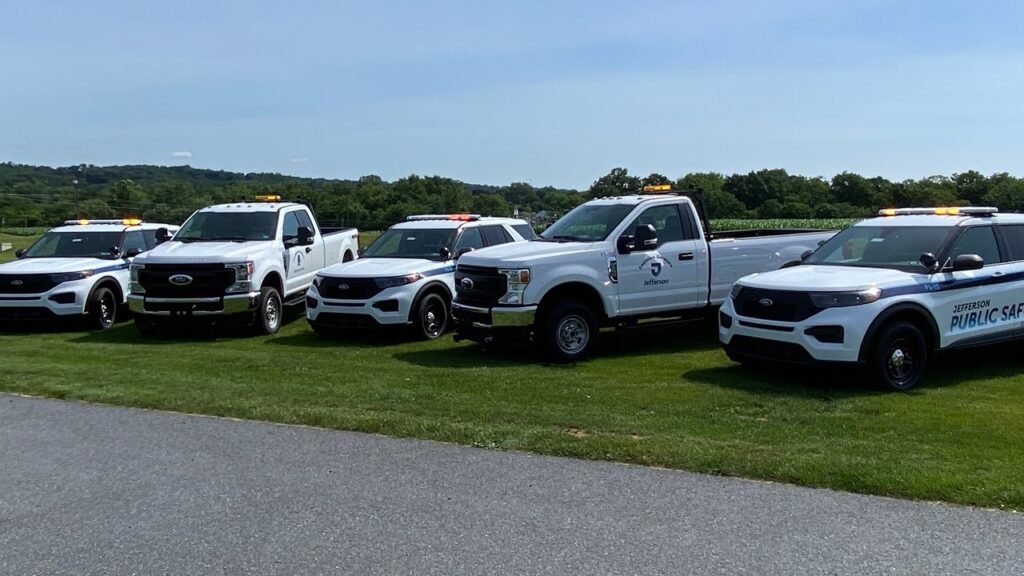The Punjab Police has launched one of its biggest mobility upgrades for the Cr!me Control Department (CCD), purchasing 118 new vehicles under a Rs. 1 billion allocation. The move has sparked both appreciation and questions about whether this investment fully addresses the deeper operational challenges faced by the force.
A Major Fleet Expansion for CCD
Officials confirmed that 118 new vehicles have been acquired, including:
-
10 Land Cruisers for senior officers
-
8 double-cabin vehicles
-
100 single-cabin vehicles
This is part of Punjab’s ongoing effort to boost law enforcement mobility, improve the CCD’s field operations, and strengthen the province’s crime response system.
On the surface, the upgrade signals a strong administrative commitment. But policing experts argue that mobility enhancements alone may not resolve long-standing structural issues such as staffing shortages, outdated technology, and district-level coordination gaps.
Delivery by January: A Quick Rollout, But What’s the Long-Term Plan?
Fast deployment—slow reform?
Officials say the entire fleet will be delivered by January, after which older vehicles will return to their districts.
The quick turnaround is impressive, but analysts point out a recurring pattern: equipment upgrades often arrive without parallel improvements in training, maintenance budgets, or digital monitoring systems.
Without a long-term operational plan, new vehicles may improve movement but fail to significantly impact crime control outcomes.
CCD Already Received Vehicles Last Year — Does Punjab Need a New Strategy?
Repeated upgrades raise questions
Last year, the CCD also received a large batch of vehicles. Now, another major upgrade has been announced.
Critics argue that repeated fleet expansions without deeper reforms suggest a reactive approach rather than a strategic one.
Key questions being raised:
-
Why is mobility repeatedly treated as the core issue?
-
Are these vehicles properly utilized and monitored?
-
What performance results came from last year’s additions?
Without publicly shared performance metrics, it’s hard to determine whether mobility upgrades are delivering meaningful results.
Bulletproofing in Phases: Necessary or Long Overdue?
Safety first—yet delayed
The newly added vehicles will be made bulletproof in phases, a move welcomed by officers who work in high-risk environments.
However, many question why such safety measures were not implemented years earlier, considering the rising threat levels faced by field teams.
Bulletproofing will improve:
-
Officer safety during raids
-
High-risk pursuit operations
-
Response readiness in sensitive districts
Still, rolling out bulletproofing “in phases” suggests budget constraints and delayed prioritization of officer protection.
A Step Forward, But Not a Complete Solution
While the fleet upgrade is a positive step, experts warn that Punjab needs a more holistic policing strategy. Vehicles alone cannot fix:
-
Lack of advanced surveillance tools
-
Weak technology integration
-
Limited inter-district coordination
-
Slow data-driven decision-making
-
Training gaps in modern crime fighting
For meaningful change, Punjab Police must combine mobility upgrades with stronger digital systems, better resource allocation, and transparent performance tracking.
The new vehicles will certainly help the CCD—but whether they transform Punjab’s crime-fighting capability remains an open question.



1 Comment
Spinolococasino… now that’s a name! Had a few spins and enjoyed myself. Worth a look if you’re feeling adventurous! Jump in: spinolococasino